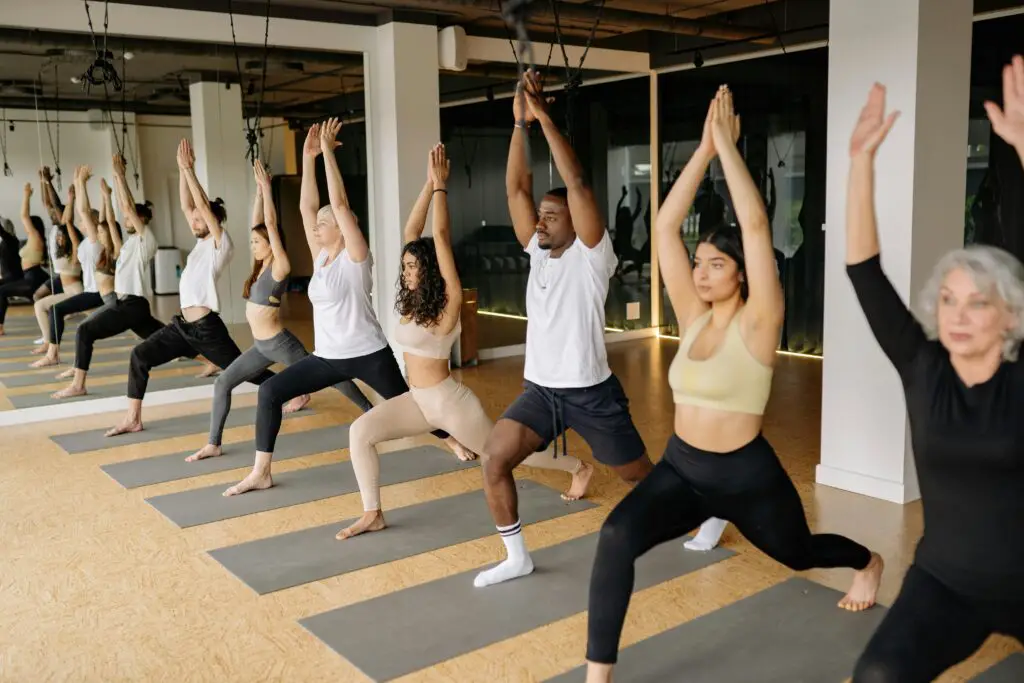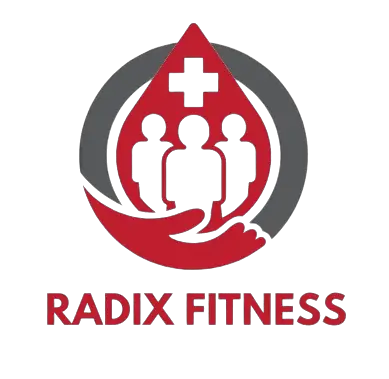Somatic stretching may be beneficial for persons who frequently suffer tightness in areas such as the neck, lower back, or wrists, which are typical among desk workers. According to Rachelle Tsachor, an associate professor of theater movement at the University of Illinois in Chicago and a somatic movement therapist, “somatic movement involves being aware and present during movement, fostering a connection with your body.” Instead of enforcing a precise physical shape, this technique focuses on internal perceptions and experiences with movement.
Defining Somatic Stretching and its Differences from Traditional Stretching
Stretching is traditionally defined as the process of moving or holding various body parts in order to extend muscles and improve flexibility and range of movement. For example, A common quad stretch would be to stand straight, hold one foot, bend the knee, and bring the foot towards the buttocks to stretch the quadriceps.
Somatic stretching, on the other hand, is a type of somatic movement that focuses on releasing muscular tension through gentle movements while also developing awareness of how muscles feel in different postures and motions. It is based on natural, spontaneous movements, such as rising after a prolonged sitting position or making circular motions with your feet after taking off your shoes. As a result, many practitioners of somatic movement shun the term “stretching.” Somatic stretching, as defined by Sadie Nardini, a Yoga Alliance-registered instructor and the creator of Core Strength Vinyasa Yoga in Santa Barbara, California, is distinct from standard muscular stretching or pulling. “
How Does Somatic Stretching Work?

Somatic stretching is based on pandiculation, which is an automatic, instinctive motion in which muscles contract and release, similar to yawning.
- “Sarah Warren, clinical somatic educator and proprietor of the Somatic Movement Center in Somerville, Massachusetts, explains that the pedicular reaction is hardwired into our nervous system and is how our nervous system automatically relieves built-up muscle tension. Once you understand how your muscles feel, you may actively contract and relax them to relieve tension and increase flexibility.
“It feels like a melting of long-standing tension, like after the best morning wake-up stretch in bed,” Nardini recounts to me. - Somatic stretching simulates this in order to correct harmful ways of holding and moving our bodies. “As a result of stress, trauma, or athletic activity, our nervous system learns to keep certain muscles tight and move in specific ways over.
You do not pull on anything or force any major movements—it might be as simple as Allowing your head to dangle and watching how it affects your neck muscles
Potential Health Benefits of Somatic Stretching:
There has been little research into the specific advantages of somatic movement techniques. However, Warren claims that in her personal experience, those who perform it on a regular basis notice improvements in their posture, flexibility, range of motion, and balance. There is evidence that flexibility and mobility are important aspects of fitness that reduce injury risk and promote healthy aging. The federal government’s physical activity requirements for Americans, for example, include flexibility exercises or activities as part of a regular workout routine.
For example, with somatic stretching, you may notice that your neck or back feels stiffer than normal.
You may find that a specific form of somatic movement is beneficial (such as spending extra time extending that area), or you may seek the advice of a medical practitioner to determine what’s going on, she says. “More awareness of what you’re experiencing and feeling can definitely help your health.”
Related: 7 Most Effective Workout Exercises
Simple Somatic Stretches for Beginners.

If you’re interested in somatic stretching, here are five beginner-friendly techniques to explore. Warren suggests practicing each for around five minutes and repeating it every day.
1. Standing Awareness.
Warren advocates merely standing and becoming aware of various muscles in your body before proceeding with any additional somatic stretches.
• Stand upright with your feet rooted. Take note of how they grip the floor.
• Try contracting and releasing your foot muscles.
• Deepen your breathing and observe how your abdominal muscles clench and expand.
• Scan your body from top to bottom, and notice how each muscle feels. Locate any points of strain.
2. Hang your head.
Keator discusses this practice to ease the tension that many of us feel on our necks.
• Standing up straight, firmly on the ground.
• Hang your head slowly, allowing it to fall comfortably.
• Observe how movement in your neck affects neighboring muscles, joints, and tissues, including shoulders and upper back.
• Explore the sensation of tightness in a specific place, such as the back of the neck.
• Experience the sensation of stretching and relieve tension.
3. Arch and Flatten
If you have back pain, Warren recommends the arch and flatten technique, which helps you to release and then restore control of the muscles in your lower back and abdomen. It is a slow movement performed while lying on the floor.
• Place feet flat on the floor, hip-distance apart, knees bent.
• Take a deep breath, watching how the muscles in your lower back and abdominals move as you do.
• Gently arch your back, pulling your belly up and squeezing your glutes and feet into the floor.
• Stay thus for as long as feels comfortable, then slowly lower your back and flatten it against the floor.
• Repeat the action very slowly, examining the muscles in your torso for any tightness, trying to release the strain.
4. Iliopsoas Exercise.
The iliopsoas is the muscle group that connects your spine to your legs, and it is the source of much strain for many of us. According to Warren, this exercise increases awareness of these and neighboring muscles, allowing you to release tension more effectively.
• Put your right hand behind your head.
• Lift your head and right leg about 6 inches off the floor, keeping them bent. (This should resemble a crunch on one side of your body.)
• Examine the muscles in your lower back, hips, and legs for tightness and note how they feel.
• Gently drop your leg, and
Release the strain.
5. Carpal Tunnel Exercise
If you spend a lot of time typing on a computer or other device, Warren suggests that this exercise can help relieve stress in your waist, shoulders, chest, hands, and wrists.
• Lie on your left side, knees bent at a 90-degree angle in front of you, head resting on your left arm (bent or straight).
• Place your right hand on the floor and rest your upper arm on your body, elbow bent roughly.
Position your hand such that the right side of your waist contracts. (This resembles a side crunch.) Take note of how those muscles contract.
• When ready, carefully lower your head back down. Repeat once.
• Gently flip onto your back with your right elbow facing the ceiling and arm behind your head.
- Stretch out your left arm.
• Elevate your head, shoulders, and right arm to face your left.
• Slowly release tension and droop your shoulders. Continue doing this on the other side.
Conclusion
Somatic movement practices, such as stretching, are typically safe. However, further research is needed to discover optimal practices. If you want to incorporate somatic movement into your self-care routine, consult with your primary care doctor or physical therapist, particularly if you have any health or medical issues or injuries. Finally, keep in mind that somatic stretching is more than merely doing certain stretches on a regular basis. “It’s not just about the time stretching, it’s about repatterning your movements all day long,” according to Tsachor. It’s about incorporating body and muscle awareness into your daily routines, as well as listening to your body, so that you can perform the type of exercise that feels good and that your body needs.


1 thought on “Somatic Stretching: Understanding the Mechanism, Benefits, and Beginner-Friendly Techniques”